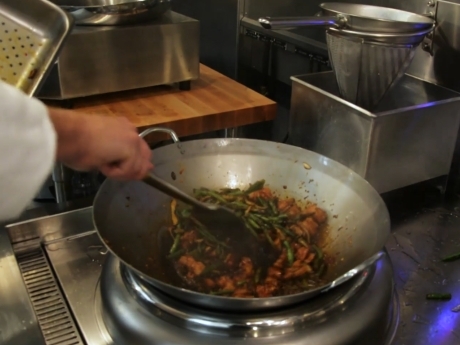
Residential Cooktop Performance Study
Approach
As interest in electrification grows, utilities, municipalities, and housing developers want to know if induction lives up to the promise of better performance and less energy consumption than conventional gas and electric cooktops. Frontier’s Food Service Technology Center (FSTC) tests an array of popular residential induction, electric resistance coil, electric resistance ceramic, and gas open burner range tops to evaluate performance and compare energy use. Induction cooktops excelled in the performance evaluation with the fastest heat-up times—nearly twice the speed of the other cooktops tested. The appeal of residential induction cooktops lies in their precise temperature response, ease of cleaning, and increased safety associated with cooler surfaces. As customers learn more about induction technology, we expect that demand will rise and costs will decline, further accelerating the technology adoption rates. Frontier is working with utilities to disseminate information through hands-on demonstrations and continued testing.
Frontier Energy:
- Selected popular models of ranges to test to ensure results would be comparable with real-world use.
- Modified methodology based on the ASTM F1521 Standard Test Methods for Performance of Range Tops and ASTM F1275 Standard Test Method for Performance of Griddles for three performance tests:
- Water Heat Up – The energy and time required to bring water to 200°F and the overshoot and cool-down from the water heat-up test to illustrate each cooktop’s temperature response.
- Simmer – The energy required to keep a pot of water at a simmer, which measures energy consumption under regular cooking conditions to include in an energy cost model.
- Sauté – The energy and time to pan-cook a typical food product, which measures the production capability and energy efficiency of the cooktop.
- Measured the energy performance of heat-up time, temperature response, energy efficiency, simmer energy consumption, and standby energy consumption.
- Created an energy cost model to estimate the amount of annual energy consumed for each type of cooktop.
- Published a detailed report of findings.
Project Team
